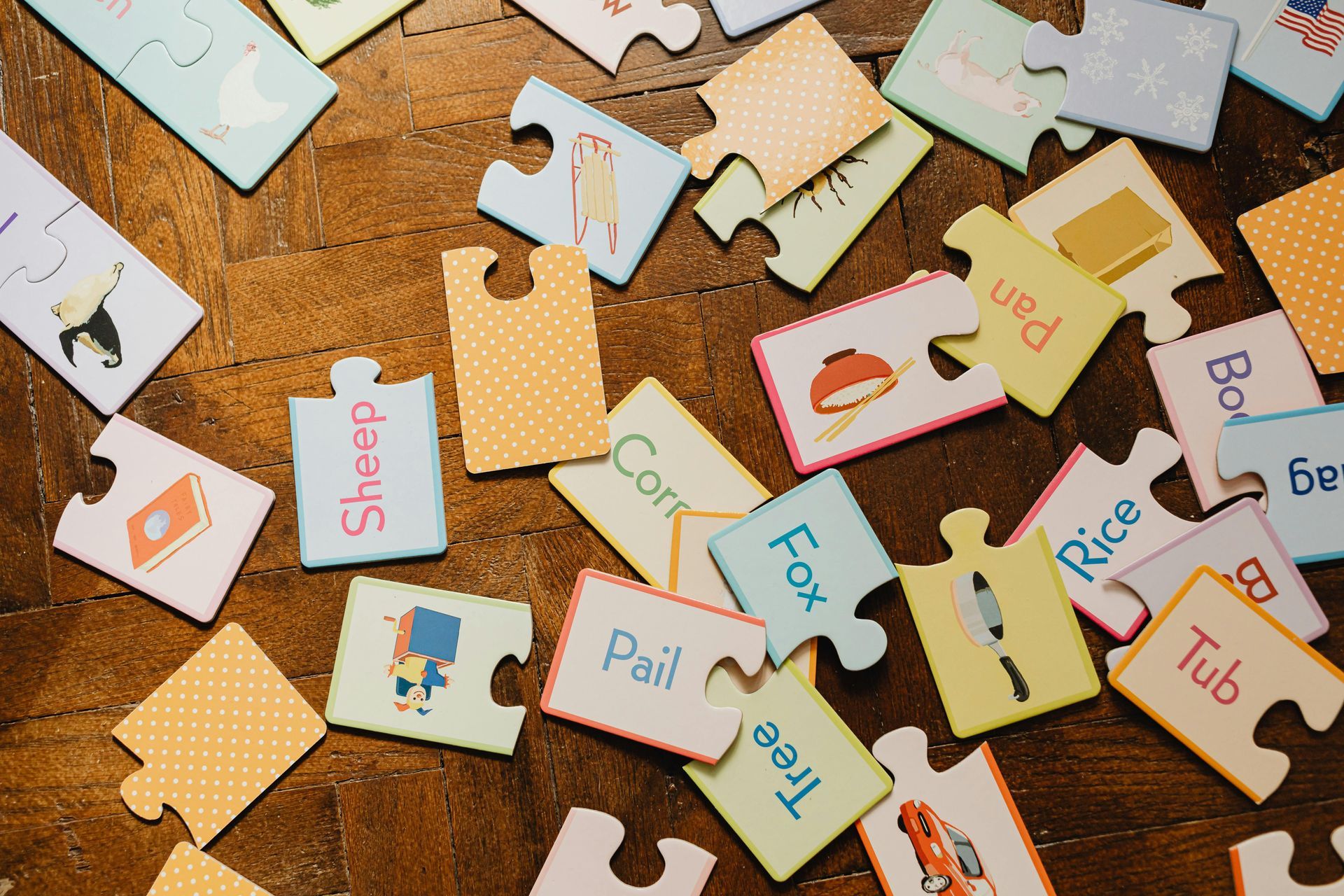Sight Words vs. High Frequency Words
Sight Words vs. High Frequency Words
By Betty Goodman
When I started my teaching career, too many years ago to count, something always puzzled me. It’s amazing what we didn’t learn in our education classes. What is the difference between Sight Words and High Frequency Words? I would see so many of the same words on both lists. . . and I still do.
To start with, let’s think about the English language and how words are spelled. I can’t think of any spelling “rule” that doesn’t have an exception. In fact, many of the “rules” have many exceptions. Obviously, this can make it difficult to learn to read and spell in English. Just ask those who are struggling to learn English as a second language.
What has amazed me the most during my very active years as a reading tutor, is that I was able to teach a student to read English using my method, who could speak some English, but was fluent in one of the languages of India. It took a lot of patience and consistency due to some other issues that he faced, but we were successful. You may wonder what this has to do with Sight Words and High Frequency Words. All these words are necessary to read English with enough fluency to know what the sentence says. Many of the Sight Words are small words, that if changed, will change the meaning of the sentence.
If you are trying to teach a dyslexic student to read, teaching them the sight words can be very difficult; however, totally necessary. I know teachers who had a hard time appreciating the fact that their dyslexic student had made a significant amount of progress with tutoring, because they were still struggling with the Sight Words. They could read the words that could be sounded out, but Sight Words like the, to, was and of were still difficult for them to read. This caused their fluency (ability to read smoothly), to be non-existent. Eventually, they would master these words and fluency followed.
So, what is the difference between Sight Words and High Frequency Words? Sight Words are words that cannot be sounded out. They must be memorized. High Frequency words are words that are used frequently. They can be sounded out until they are memorized because of the number of times they will be used in written material.
I have personally seen many different lists of beginning Sight Words. They vary and seem to depend on the reading curriculum used in a particular classroom. Most are the same, but some may be different, so don’t be concerned about the list you have. Just work on them with your child or student. I’m giving you a list of 20 beginning Sight Words as a starting point. It helps to put them on 3”x 5” note cards and work on only a few at a time. When your child or student can read and spell the first few words, add a few more. I like to read the card to them first and have them repeat the word. We work on the reading of the card first and then the spelling of the word. Sometimes it takes several sessions for just the first group, but don’t give up. They will eventually be successful. Praise them frequently for each small success to keep them motivated. When they master the first set of 20 words – reading and spelling – that is the time for a tangible reward, but keep those rewards small.
Here is the list of 20 Sight Words.
- I
- the
- a
- to
- you
- my
- are
- is
- little
- was
- for
- have
- of
- they
- said
- want
- here
- what
- Does
I will be adding a more comprehensive list of Sight Words and High Frequency Words to my Small Bites, Book Two “Teaching Your Child to Read.” My goal is to have this book completed and available on my website by mid-June.


